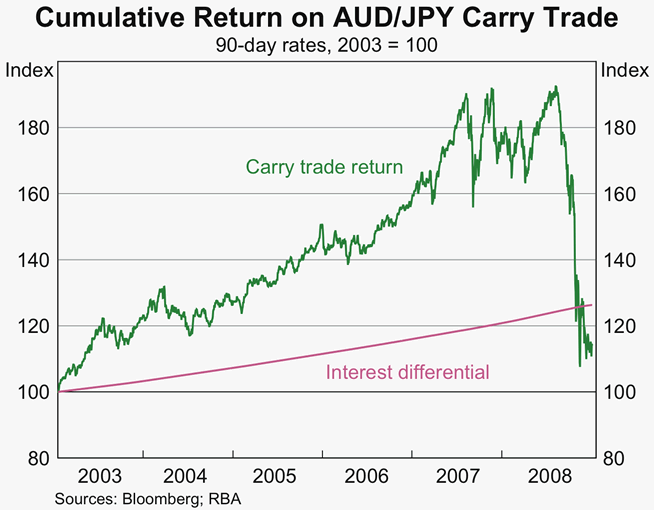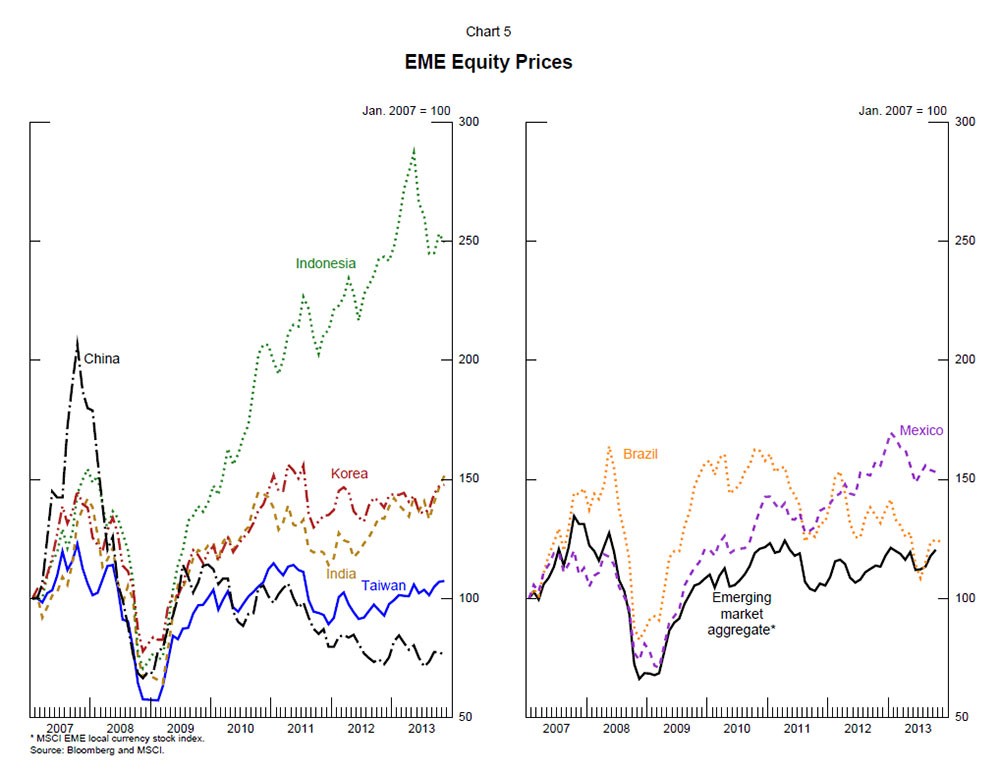Credit Crisis and Carry Trade in currency trading Trading Currency
Post on: 30 Июль, 2015 No Comment

In currency trading. the term “ carry trade ” refers to borrowing a sum at a lesser interest rate and spending it in an asset that offers an upper rate of return . These opportunities hardly ever subsist since the cost of borrowing money is typically considerably higher than the interest received from deposits.
Carry trade in 2000s
The term carry trade was considered as one and the same with the yen carry trade, which concerned in borrowing the Japanese yen and putting in the proceeds in almost any asset category that guaranteed a higher rate of income in the 2000s. The currency of Japan turned out to be a preferential currency for the borrowing part of the carry trade owing to the almost-zero interest rates in Japan for much of this period.
Carry trades engaging in riskier assets are successful with low interest rates, and there is a plenty of international hunger for risky resources. This was happening during the year from 2003 to 2007, when interest rates in many countries were at their lowest points in decades, while demand gushed for comparatively perilous assets like commodities and budding markets.
Principle of carry trade
The strange appetite for jeopardy during this period could be measured by the unusually low level of instability in the United States stock market and by the low-danger premiums that sponsors were eager to admit. In currency trading, carry trades function on the principle that alterations in the economic environment will happen slowly, offering the speculator or investor sufficient time to close out the deal and lock in earnings. But if the situation changes suddenly, speculators and investors of currency trading could be compelled to close up their carry trades as quickly as possible. Unluckily, such a turnaround of countless carry trades can have unforeseen and potentially overwhelming results for the international economy.
The way the carry trade functions in currency trading
During the explosion years from 2003 to 2007, there was an extensive borrowing of Japanese currency by sponsors and speculators. The borrowed Japanese currency was then put up for sale and spent in a range of assets, ranging from higher profit-giving currencies to the United States sub-prime credits and real estate, in addition to unstable assets like supplies and budding market bonds and stocks.

To get more bang for their dollar, huge sponsors like hedge finances employed a considerable level of leverage so as to increase returns. But leverage is a double-framed blade since it can increase income when markets are thriving, it can as well increase losses when asset values are descending .
Since the carry trade had gained impetus, a righteous circle urbanized, whereby rented currencies progressively deflated, while the requirement for perilous assets have driven their values higher.
It is significant to note that currency jeopardy in a carry trade is hardly ever hedged. This is in the sense that the carry trade functioned like a charm as long as the Japanese yen was decreasing in its value, and credit and goods portfolios were offering two-digit returns.














